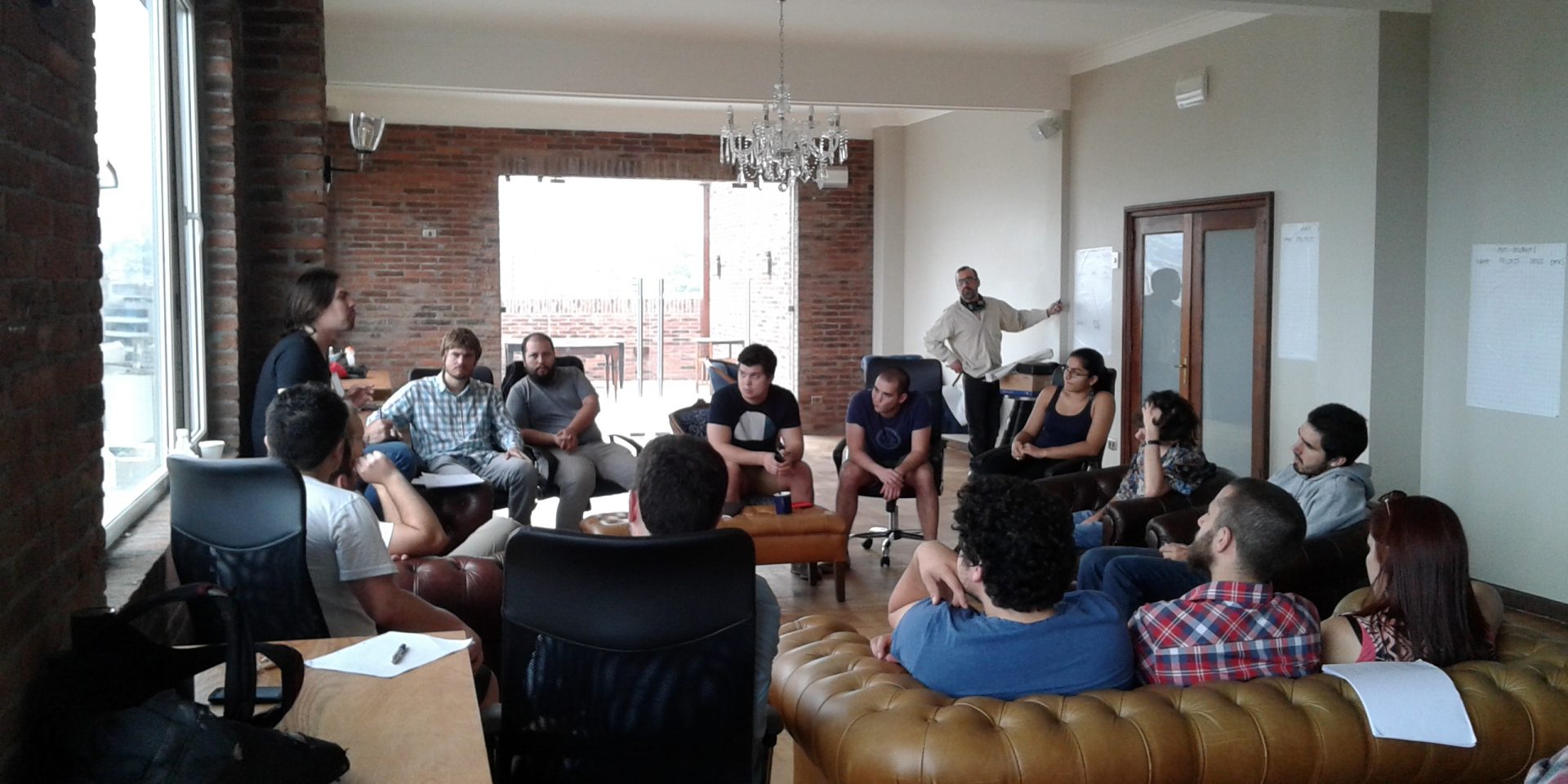
Journal of Development Economics, Vol. 96, N°2, pp. 209-219. Joint with Jacob Weisdorf.
Ricardo Andrés Guzmán and Jacob Weisdorf. Journal of Development Economics, Vol. 96, N°2, pp. 209-219, 2011.
ABSTRACT
The adoption of agriculture during the Neolithic period triggered the first demographic explosion in history. When fertility returned to its original level, agriculturalists were more numerous, more poorly nourished, and worked longer hours than their hunter–gatherer ancestors. We develop a dynamic price-theoretic model that rationalizes these events. In the short run, people are lured into agriculture by the increased labor productivity of both adults and children. In the long run, the growth in population overrides the productivity gains, and the later generations of agriculturalists end up being worse-off than the hunter–gatherers. Counter-intuitively, the increase in the labor productivity of children causes the long-run reduction in welfare. In the long run, the increase in adult labor productivity only contributes to population growth.